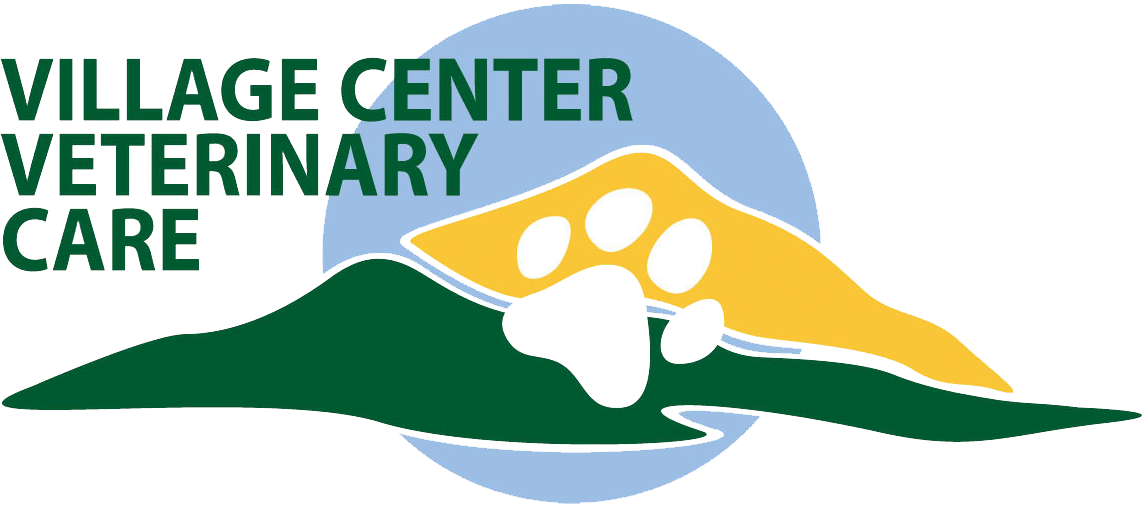A while ago we received a very unusual piece of mail at the clinic. Apparently someone’s dog had developed gastrointestinal distress and they decided that the most logical way to get to the bottom of the problem was to spoon a few generous dollops of diarrhea into a business sized envelope and enclose a note explaining who the patient was and, in case it wasn’t fairly obvious from the sample, a brief description of the problem. As we considered this sample submission, oozing through the pores of the paper, one of our receptionists brought up the most disturbing aspect entire situation--someone had needed to lick that envelope to seal it before dropping it off in the mailbox.
I bring this up because veterinary hospitals regularly deal with stool samples and urine samples brought in by owners--both requested and not requested. It might seem obvious to us that there are certain common sense rules that should apply when samples are brought in, but that assumption is frequently sorely tested. Here are a few tips to make sure that the effort you put into the somewhat unpleasant job collecting and bringing samples yields maximal results.
First, there aren’t really any tests that we can run on vomit samples. If your dog vomits up a Barbie shoe and three of her outfits I will be very willing just to take your word for it. We still have to see the dog to find out if the rest of Barbie is still in there. The one exception to this would be if your pet vomits up a worm you can bring the worm in we might be able to identify the culprit and get appropriate medication started.
Urine samples are very helpful under many circumstances involving both urinary problems and other systemic illnesses and they can usually be collected from dogs by sliding something fairly flat and non-absorbent under the dog when it goes out to pee in the morning and then dumping the urine you catch into a clean container of some sort. If you don’t want your dog diagnosed with some crazy pathology never before seen in domestic animals you might not want to use that plate with the remnants of last night’s lasagna diner on it as your collection tool. We might mistakenly think that all that junk floating in the sample came from inside your dog. Urine soaked into paper towels or trapped in a clump of litter cannot be tested for anything. Cats present significant home urine collection challenges, and often the best approach is to let your vet get a sample at the hospital.
Stool samples are an essential part of the diagnostic process when a pet is having diarrhea. If you are coming in for a visit associated with diarrhea please, please, please bring a recent stool sample from the affected animal with you. When we don’t have a sample at the time of the exam we are forced to run a stick with a loop up your pet’s rectum to try to scoop a sample out directly from the source. That procedure is not only a very rude thing to do to a pet who isn’t feeling good anyway, it sometimes results in no sample if there isn’t anything in there at the moment to collect. Most people make the appointment after having to clean up a pile of diarrhea at home, so think of your vet and set a little aside for us before you finish the job. Three week old crusty poop, frozen poopsicles in the winter, poop soaked into paper towels, and urine clumps from the litterbox do not count as useful stool samples.
As helpful as urine and stool samples can be, they rarely supply the diagnosis all by themselves. It might seem quite satisfying that a veterinary hospital is possibly the only type of business in town where you can hand a bag of diarrhea or urine to a person across the desk and that person will not only accept your offering, she might even thank you for it, but that doesn’t mean that you should do so without calling first and asking if just bringing in a sample is acceptable. Flinging unsolicited poop at a receptionist and walking out the door expecting the problem to be solved is, at the very least, bad etiquette. Urine and stool samples supply one piece of the puzzle, but getting the whole picture generally requires collecting a history and touching the patient as well. When we insist on a visit we are not trying to give you a hard time or to run up the bill, we are just trying to do right by your pet.

